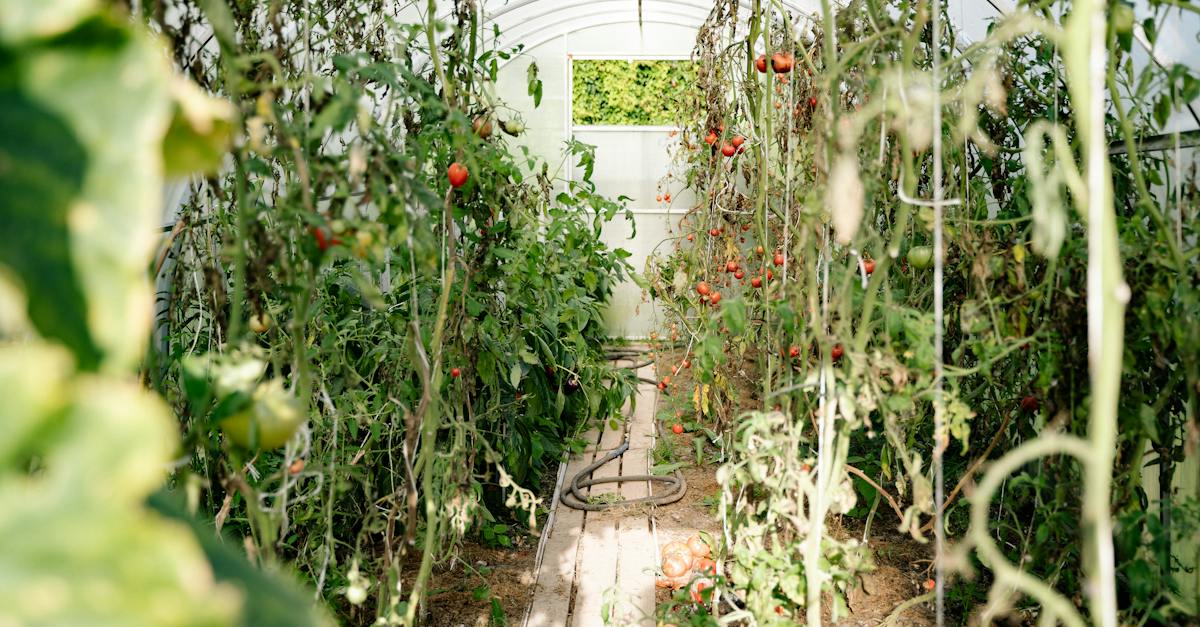The Future Of Agricultural Insurance: Innovations In Crop Risk Management

Innovations in Crop Risk Management
Crop insurance has been a critical tool for farmers to protect their livelihoods against unpredictable weather events and market fluctuations. However, traditional agricultural insurance has its limitations and is often plagued by inefficiencies. To address these challenges, the future of agricultural insurance lies in innovative approaches to crop risk management.
The Impact of Climate Change
With the increasing frequency and intensity of extreme weather events, farmers face a growing risk to their crops. Climate change has led to unpredictable rainfall patterns, prolonged droughts, and the spread of pests and diseases. This volatility poses a significant challenge for traditional agricultural insurance models that rely on historical data and actuarial calculations.
To tackle the impact of climate change on crop production, insurers are adopting new technologies and data analytics to evaluate risk factors more accurately. Remote sensing technologies, such as satellite imagery and drones, allow insurers to monitor key variables like soil moisture levels, crop health, and weather patterns in real-time. This data-driven approach helps insurers identify potential risks and offer more tailored insurance coverage to farmers.
Parametric Insurance
One of the most promising innovations in agricultural insurance is the introduction of parametric insurance. Unlike traditional indemnity-based insurance, which compensates farmers for actual losses, parametric insurance provides predefined payouts based on specific triggers, such as weather conditions or yield indexes.
Parametric insurance offers several advantages over conventional insurance. Firstly, it provides farmers with quick and transparent payouts, as the triggers are objectively measured and do not require time-consuming claims verification. Secondly, it eliminates the moral hazard issue associated with traditional insurance, where farmers may have an incentive to exaggerate losses. Lastly, parametric insurance can cover a broader range of risks, including those that are difficult to assess using traditional methods.
Index-Based Insurance
Another innovative approach to crop risk management is index-based insurance. Similar to parametric insurance, index-based insurance relies on predefined triggers to determine payouts. However, instead of focusing on individual farms, it considers regional or sector-wide indices to evaluate the overall crop performance.
Index-based insurance is particularly valuable in regions where reliable data on individual farm yields may be limited. It enables insurers to offer coverage to a larger number of farmers who would otherwise be considered uninsurable due to the lack of individual farm-level data. By leveraging technological advancements like remote sensing and big data analytics, insurers can accurately estimate the performance of an entire region and offer insurance products accordingly.
Microinsurance
Microinsurance is another innovative solution that aims to provide affordable insurance coverage to smallholder farmers in developing countries. These farmers face unique challenges, including limited access to credit and insurance, making them highly vulnerable to crop losses.
Microinsurance makes use of mobile technology to reach farmers in remote areas and offer them personalized insurance products. By leveraging digital platforms, farmers can easily enroll, pay premiums, and submit crop loss claims through their mobile phones. This technology-driven approach not only reduces administrative costs but also enables insurers to customize insurance products based on individual farmer profiles and needs.
Blockchain in Agricultural Insurance
Blockchain technology offers significant potential in enhancing transparency, trust, and efficiency in agricultural insurance. By creating a decentralized and immutable ledger of transactions, blockchain enables faster and more secure data processing, eliminating the need for intermediaries.
In agricultural insurance, blockchain can streamline the claims settlement process and reduce fraud. Smart contracts can automatically execute claims payments when predefined triggers are met, eliminating delays and paperwork. Additionally, blockchain can facilitate the secure sharing of data among insurers, farmers, and other stakeholders, supporting better risk assessment and management.
Conclusion
The future of agricultural insurance lies in embracing technological advancements and innovative approaches to crop risk management. By leveraging data analytics, remote sensing technologies, and blockchain, insurers can provide more accurate risk assessments, faster payouts, and customized insurance products to farmers worldwide.
As the impacts of climate change become increasingly severe, it is crucial for the agricultural insurance industry to adapt and evolve. The innovations in crop risk management discussed in this article offer promising solutions to mitigate risks and ensure the long-term sustainability of agriculture. It is an exciting time for agricultural insurance, where technology and innovation are driving positive change for farmers and the global food system.